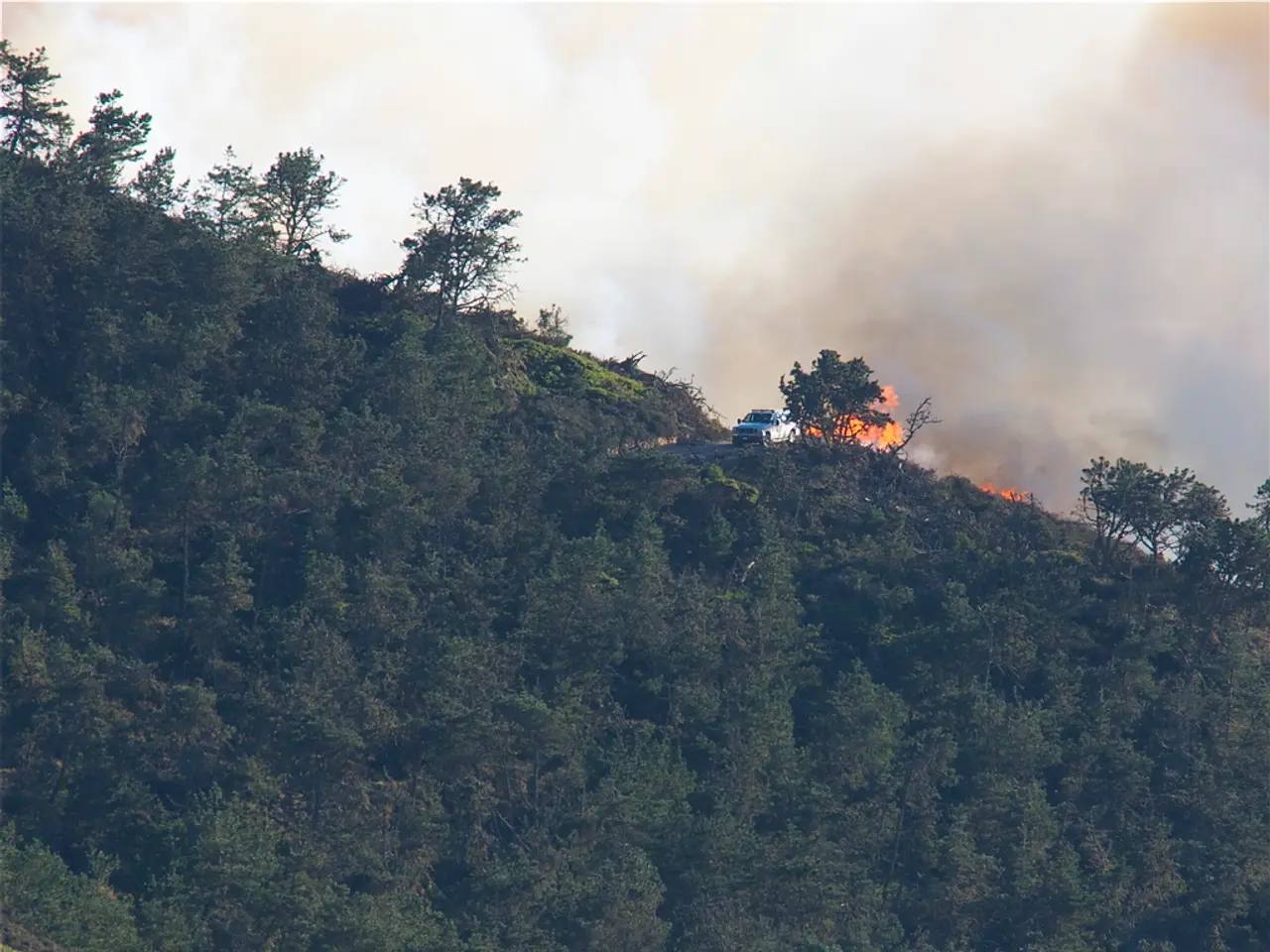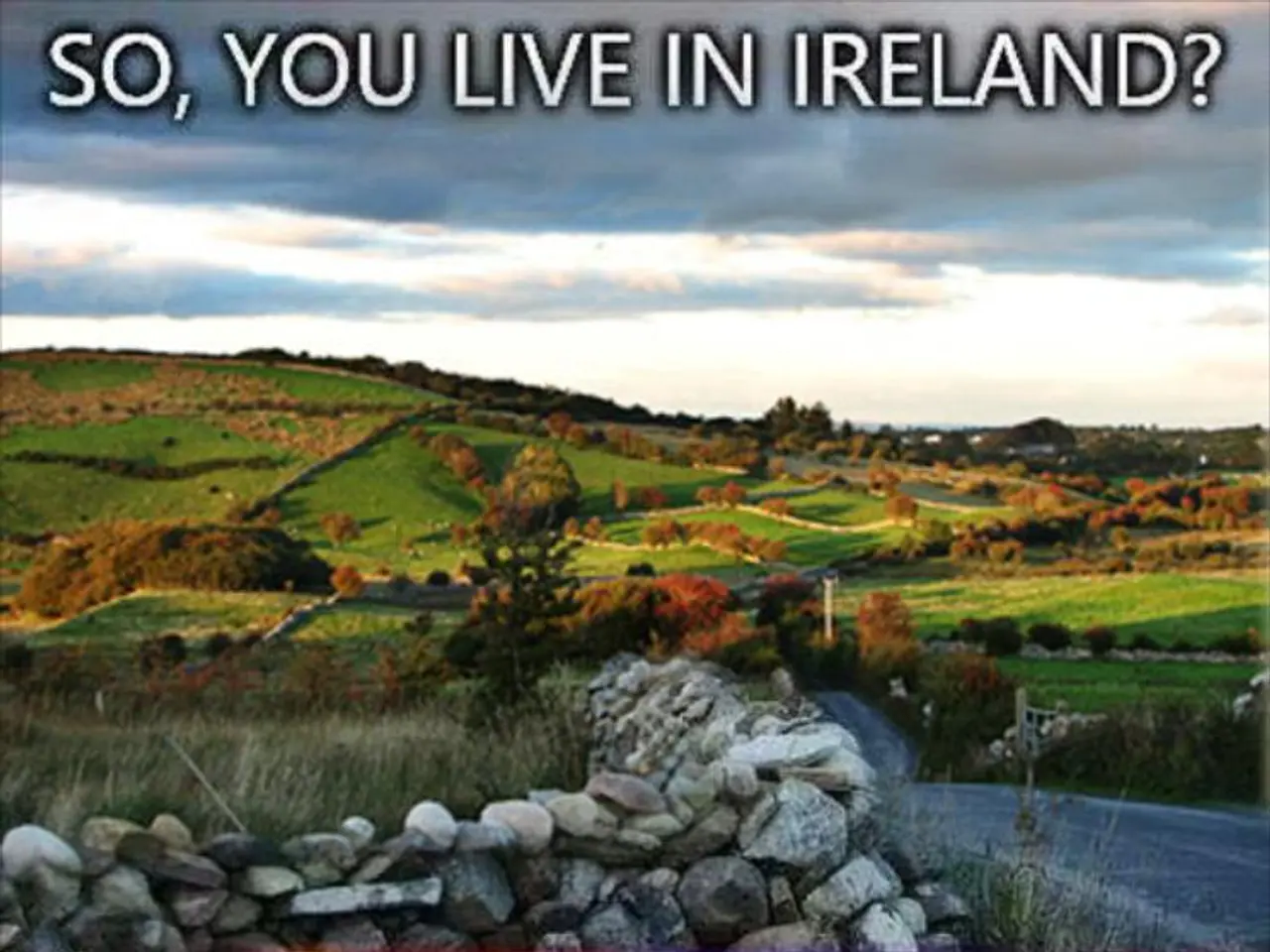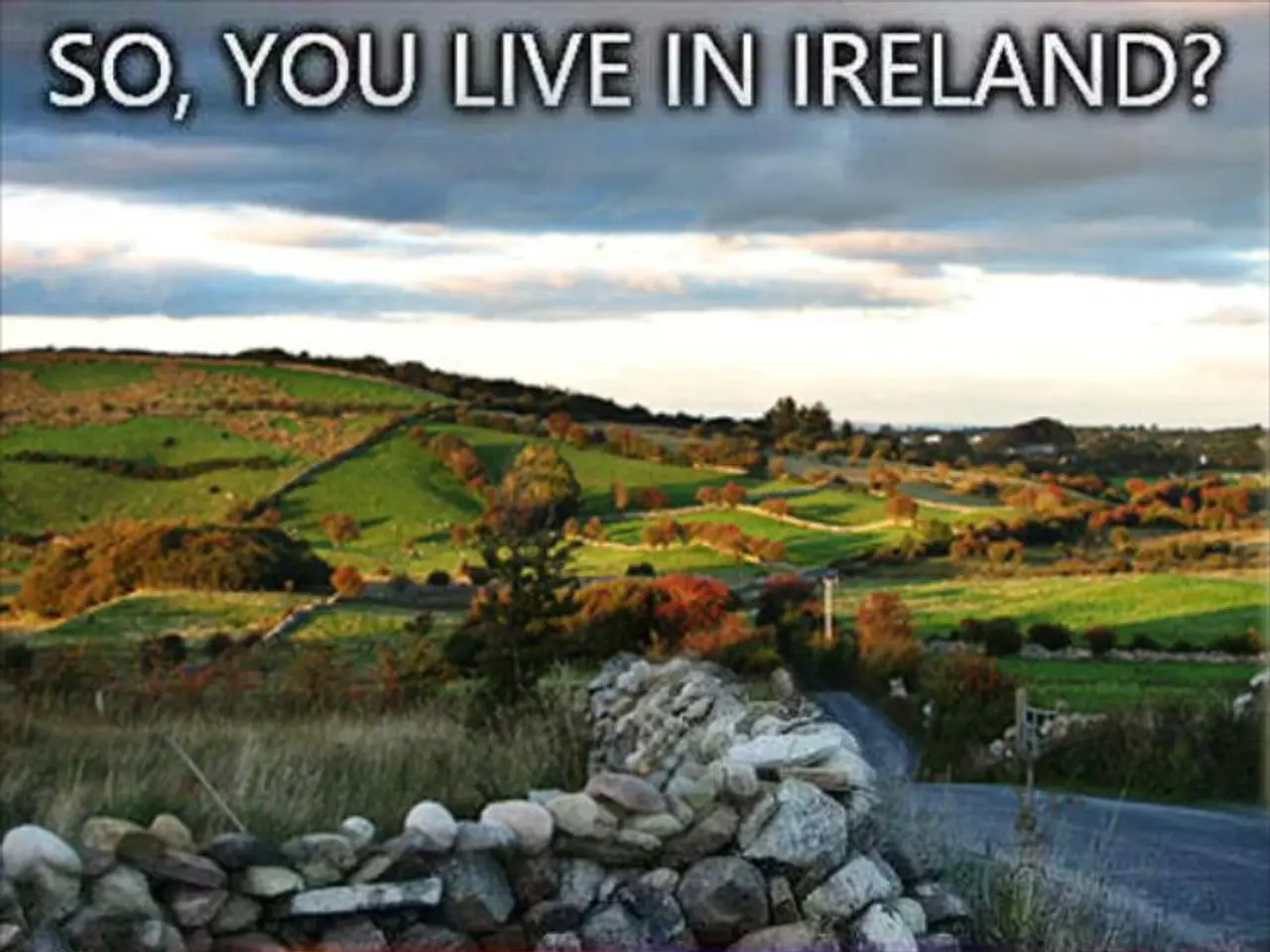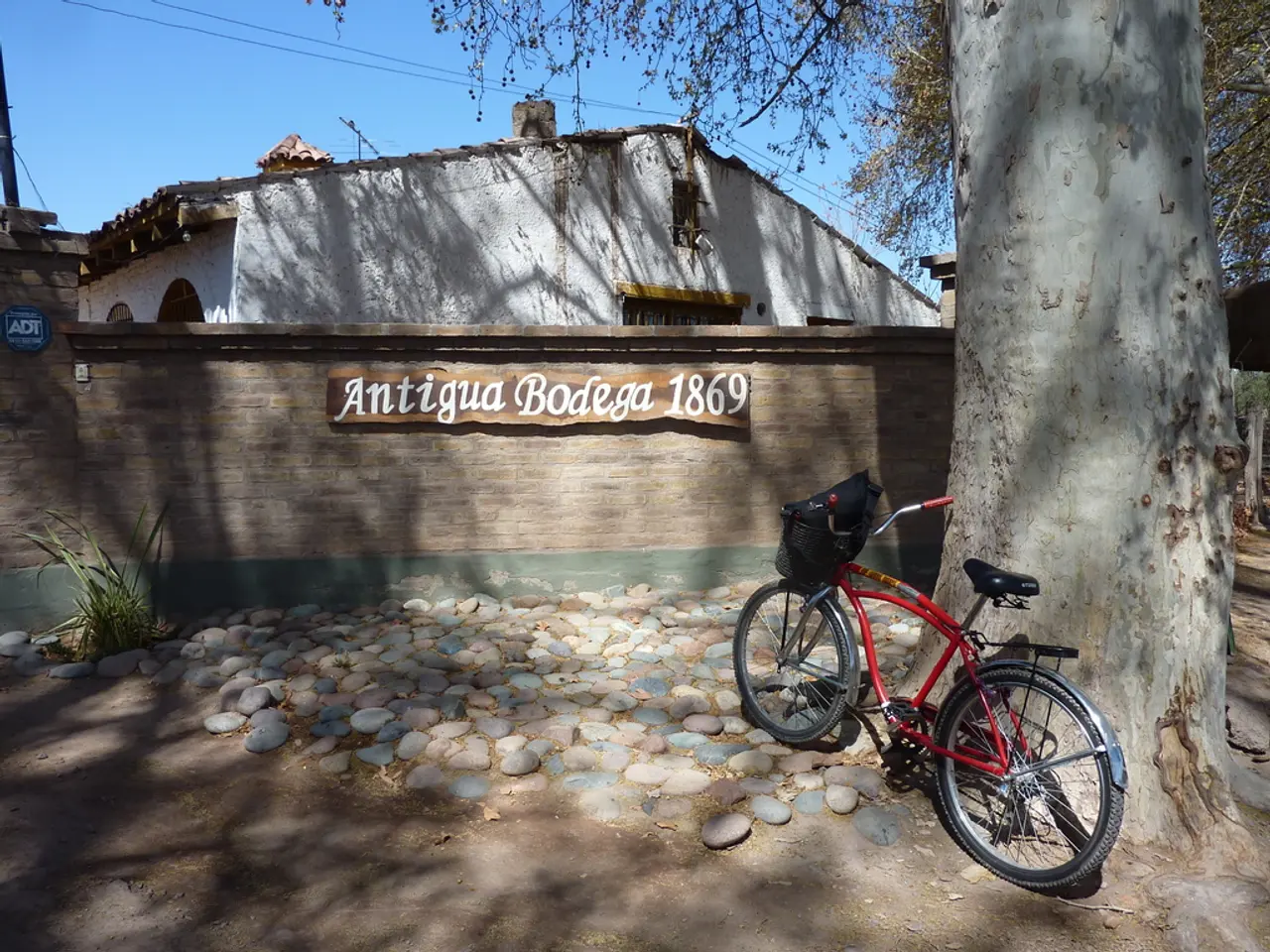Throngs Evading California Forest Blazes
Wildfire Rages in Los Padres National Forest, Threatening Hundreds of Buildings
A wildfire known as the "Gifford Fire" is currently ravaging the Los Padres National Forest, north of Santa Barbara, California. The fire, which started on Friday, has already spread over more than 290 square kilometers and is threatening over 870 buildings, forcing more than 970 people to evacuate.
The fire is not yet included in the data regarding the total burned area in California provided by Cal Fire, but by mid-July, an area of almost 895 square kilometers has already burned in the state. The increased frequency and severity of wildfires in California, particularly in 2021, are driven by several key factors.
Climate change and a warming atmosphere are causing earlier snowmelt and drier soils and vegetation, resulting in the fire season starting about 10 weeks earlier than in the 1990s. Higher temperatures promote drying of fuels throughout the year, creating more ignition-ready conditions. Less rainfall in the cooler months reduces the moisture available to vegetation, increasing the likelihood that fuels dry out earlier and remain dry longer into the fire season.
Accumulation of vegetation, due to historical fire suppression and other land management factors, provides more combustible material. The frequency of human-caused fires, which occur year-round, has increased compared to natural lightning-ignited fires, contributing to more fire starts. Development of homes and infrastructure into forested and grassland areas puts more lives and property at risk and complicates fire management. California’s growing population has increased these vulnerable interfaces.
Winds such as Santa Ana winds exacerbate fire spread and intensity, as seen in destructive fires in Southern California. These combined factors led to exceptionally large and severe wildfire seasons in 2020 and 2021, with the area burned in those years being over ten times the historical average from 1878 to 2011. The 2021 fires followed the trend of earlier onset and greater intensity due to these environmental and human factors.
At least 31 people died in the fires that occurred at the start of the year in the Los Angeles metropolitan area. More than three people have been injured due to the "Gifford Fire," according to the Forest Service. Climate change contributes to the increased risk of wildfires by causing more hot days.
California has already been particularly affected by wildfires in the first half of the year. The fires in California, particularly in the south, have been ongoing after the devastating fires in the Los Angeles metropolitan area at the beginning of the year. Proving a direct link between climate change and individual wildfires is difficult, according to experts. More than 1,900 personnel are battling the blaze.
The radio reports warn about the ongoing Gifford Fire in the Los Padres National Forest, emphasizing the threat to hundreds of buildings. To combat the increased frequency and severity of wildfires, scientists in environmental science are focusing on weather forecasting to predict early signs of fire events, using data related to climate change. The weather patterns, including those driven by climate change, influence the dryness of vegetation and the fuel conditions, contributing to the intensified wildfire seasons in California, as seen in the Gifford Fire.








